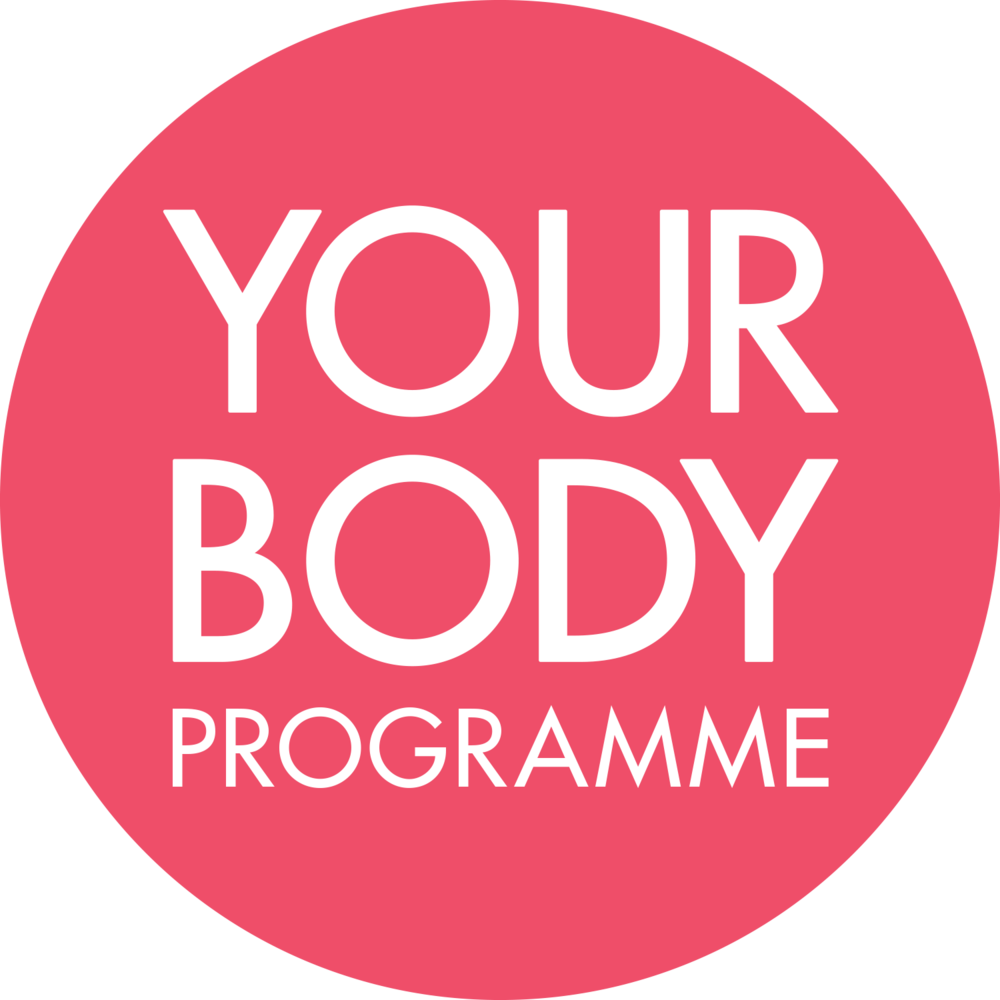back injuries
Myths and fallacies
Back injuries especially the lower back, are something that we will all encounter one day, either personally or through someone else.
There are a great variety of books, manuals and videos that are available in today’s market that show low back exercises and provide instructions that claim that they reduce back pain, enhance performance and protect against further injury.
Unfortunately, this material is general and can only be helpful for some people. While it may help someone, the same “recommended” exercises could actually exacerbate or make their injury worse.
For example:
- Stretch your back when you wake up
- Tight hamstrings can lead to back troubles
- Take yoga and Pilates classes-they are good for the back
- Focusing on one muscle group in the torso
Back injuries should be treated individually, and not by the latest fad or general recommendations. With this in mind, I will run through a couple of general myths regarding back rehabilitation and exercises.
Stretching
A lot of people think that stretching the lower back and increasing their back flexibility helps with injury. In some cases this is true. In most, it isn’t.
Stretching the lower back is perceived by many to “feel good” and help with pain. In fact, it is quite the opposite.
Flexion and rotational stretching of the spine overloads the annulus fibers (the outer rings of the spinal disc), especially when the person has a herniated disc or slipped disc. This increase in pressure will only keep the injury in a chronic state and there will be no advance in improvement until that stretching is stopped.
Another “recommendation” that we have all heard, is that we should all stretch our backs the moment we arise in the morning.
Again, this is not good.
When we sleep, our spinal vertebral discs fully hydrate with fluid. Upon rising, the annulus (outer ring of the disc) is then subjected to higher stresses when bending or flexing the spine. Therefore, performing spine-bending exercises/stretches are unwise. The discs generally lose 90% of the fluid they will lose over the course of the day within the first hour after rising from bed. So it is recommended to avoid exercise in that first hour of rising.
Training Individual Muscles
Over the last few years, there has been a lot of material and effort directed towards the function of training single muscles such as the transverse abdominis.
Lets take a look at this theory. Studies from Australia showed that some people with back problems had perturbed motor patterns or didn’t activate like it should. With this came the movement towards training the transverse abdominis purely to minimise the possibility of back injuries. Although you do want to have a strong transverse, it is not the only muscle that helps protect and support the spine.
To help explain, I will put it into another context.
Imagine the spine as the main support pole in the middle of a tent. Now to keep this pole supported and stable, you will need guide ropes coming off the pole into the ground around the pole at even intervals. The ropes all need to be pulled tight and at the same pressure keeping the pole erect and stable. Now if 1 or 2 guide ropes are pulling more than the rest, this will cause the pole to lean to one side putting pressure on the pole and also the other ropes.
Now this is the same with the spine. The muscles around the spine are just like guide ropes keeping the spine erect and stable through movement. Now if one individual muscle was to be stronger than the others, this muscle will take more of the strain, pulling at the spine causing it to bend/flex during movement.
Muscles work as a team and therefore should be trained as a team. Focusing on single muscles can create dysfunction in our spines therefore leading towards lower performance and/or injury.
The importance of individual muscles will change and adjust with subtle changes of muscle activation. All muscles play a role in stabilising the spine during movement and activity but their importance at any point in time is determined by the unique combination of the demand that you place on them. All muscles are important, implying that a focus on one muscle and not the whole system is actually detrimental.
There is so much that needs to be taken into consideration with regards to back injuries and rehabilitation.
Everyone is an individual and their training/rehab should be treated the same. There is no best single solution for all. The best individual solution comes from familiarity of the issues, which can then form the foundation upon decisions towards the best training approach for you.

